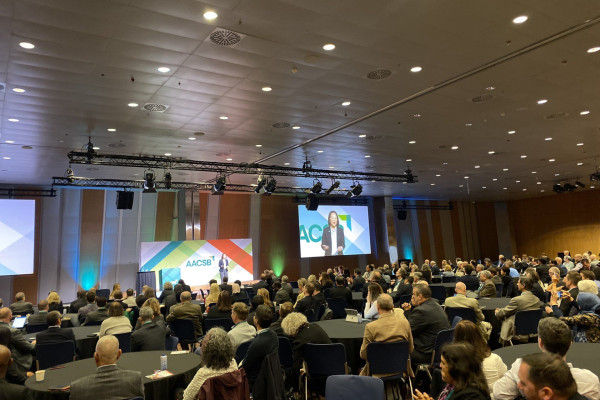The good, the nice and the ugly of the new IFATE Degree Apprenticeships policy

Authors

Jonathan Lawson
Director of Strategic Partnerships, Manchester Metropolitan University
IFATE has recently published some new policy guidance, which sets, or possibly confirms, a brighter future and a clearer brand for Degree Apprenticeships in England. This follows a consultation last year and draws on the advice of a number of HEIs (including representation from the Chartered ABS Apprenticeship Group), employers and stakeholders. This guidance is now available for new Standards, and Standards under review, on a voluntary basis. From September this year, it will become mandatory for all new Standards and Standards under review. There are some potentially big changes in there for HEIs, which we will canter through over the coming paragraphs.
So why do we need this new policy and guidance? From IFATE’s perspective, it is to “ensure that:
our policy and processes better recognise the role that degrees and graduate status play in the labour market
a degree apprenticeship is a distinctive product that secures the best of an apprenticeship and the best of higher education”
From my perspective, I think HEIs need confidence that Degree Apprenticeships are supported and appreciated by government, if they are to continue to invest in their development and operations and, in that respect, I think we can take some substantial positives from the new announcements, especially taken with the support of current and recent ministers such as Michelle Donelan and Gillian Keegan.
And what are these big changes, heralded earlier with such fanfare, I hear you mutter? The policy sets out five areas, but I would summarise them as “the good”, “the nice” and “the ugly”.
The Good:
Introducing a new criterion to determine whether a bachelor’s or Master’s degree can be mandated in an apprenticeship.
This is a fantastic step for Degree Apprenticeships, making it much more accessible for Trailblazers to include a degree as a mandated qualification. There is still a need to show that this is reasonable for the occupation but, as I know well, the previous almost unscalable heights of evidence being demanded of Trailblazers have been replaced with a much more pragmatic process, offering several commonly used data sources to support the employers.
The Nice:
Improved integration of on- and off-the-job training
Full alignment between the knowledge, skills and behaviours within the apprenticeship standard and the degree learning outcomes
Number three is the one to watch out for here, for some HEIs and programmes. As with number two, this is about promoting good practice but there are some more explicit implications here to ensure that we are designing and validating the degrees which sit within our Degree Apprenticeships separately from our regular UG or PG provision.
The Ugly:
Required integration of end-point assessment (EPA) with the degree
Involvement of an independent assessor with occupational expertise
These are a little like a half-practiced understudy: good in some parts but not in others. The intentions of integrated EPAs are absolutely correct and, working at an institution which has already seen hundreds of Degree Apprentices pass through integrated EPA processes, I can say with confidence that the system works well and can offer a genuinely seamless experience.
There is something of a paradox at the heart of the technicalities here, though, which I think both IFATE and the advisory group failed to solve entirely satisfactorily. In summary, the conundrum is that if EPAs have a credit value, then learning (to the value of those credits) has to be taking place but the EPA must always be after the Gateway, which is when the training period ends. I don’t think the new guidance solves this issue but nor does it exacerbate it.
Finally, to the assessors themselves, where readers must note the passing but profound phrase “from outside the EPAO”. Although this is not specified in the more detailed bullets which follow, it does pop up in the preamble. I think there are unanswered questions about what this aims to prescribe or proscribe, in terms of how HEIs are supposed to contract with the individual assessors that, in our role as the EPAO in addition, we will need to pay to carry out the assessments. I am sure that the best answers, however, will be achieved by HEIs working together and with the support of the Chartered ABS, and it will, I’m sure, be taken up by the Chartered ABS Apprenticeship Committee.
